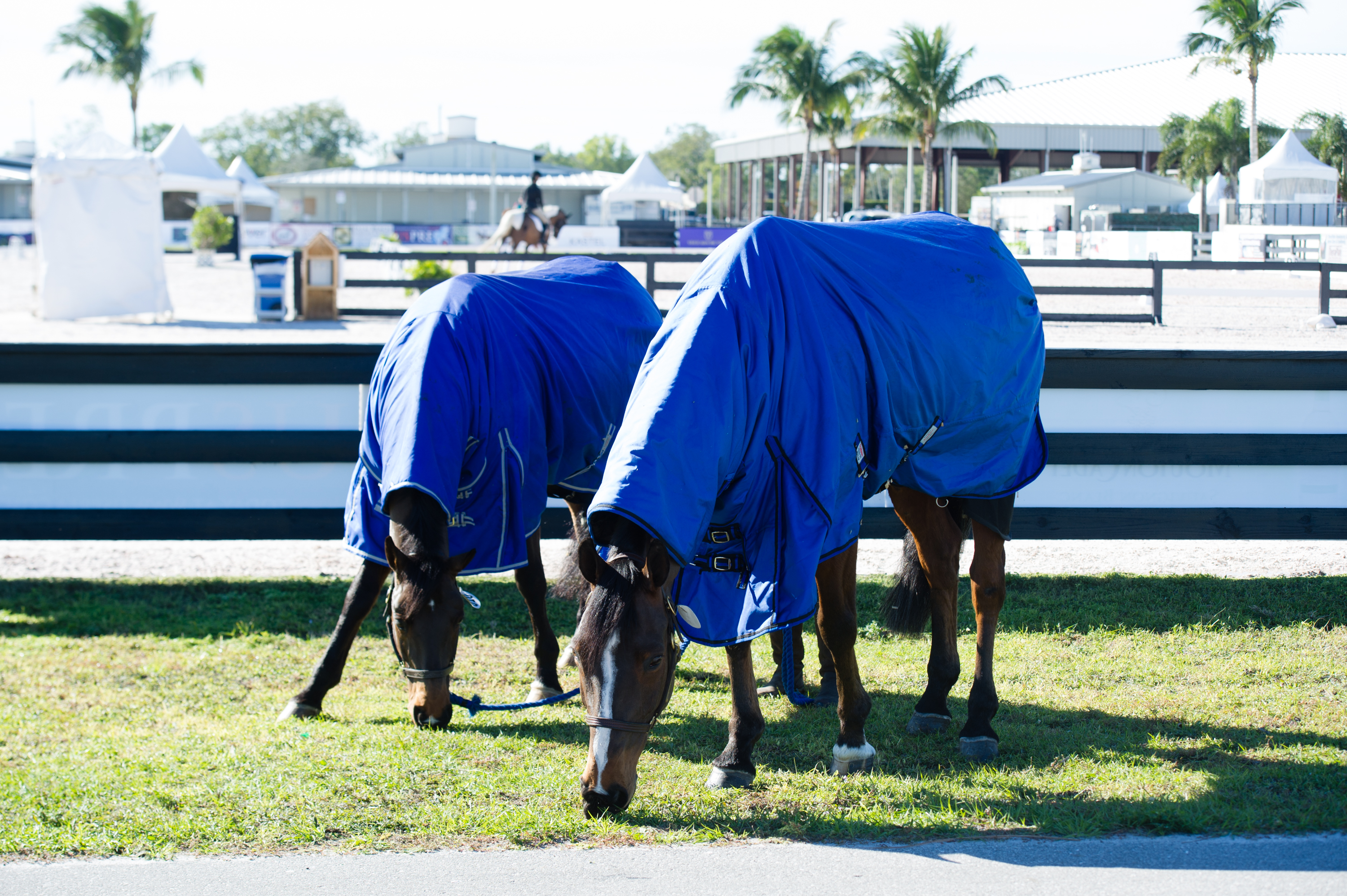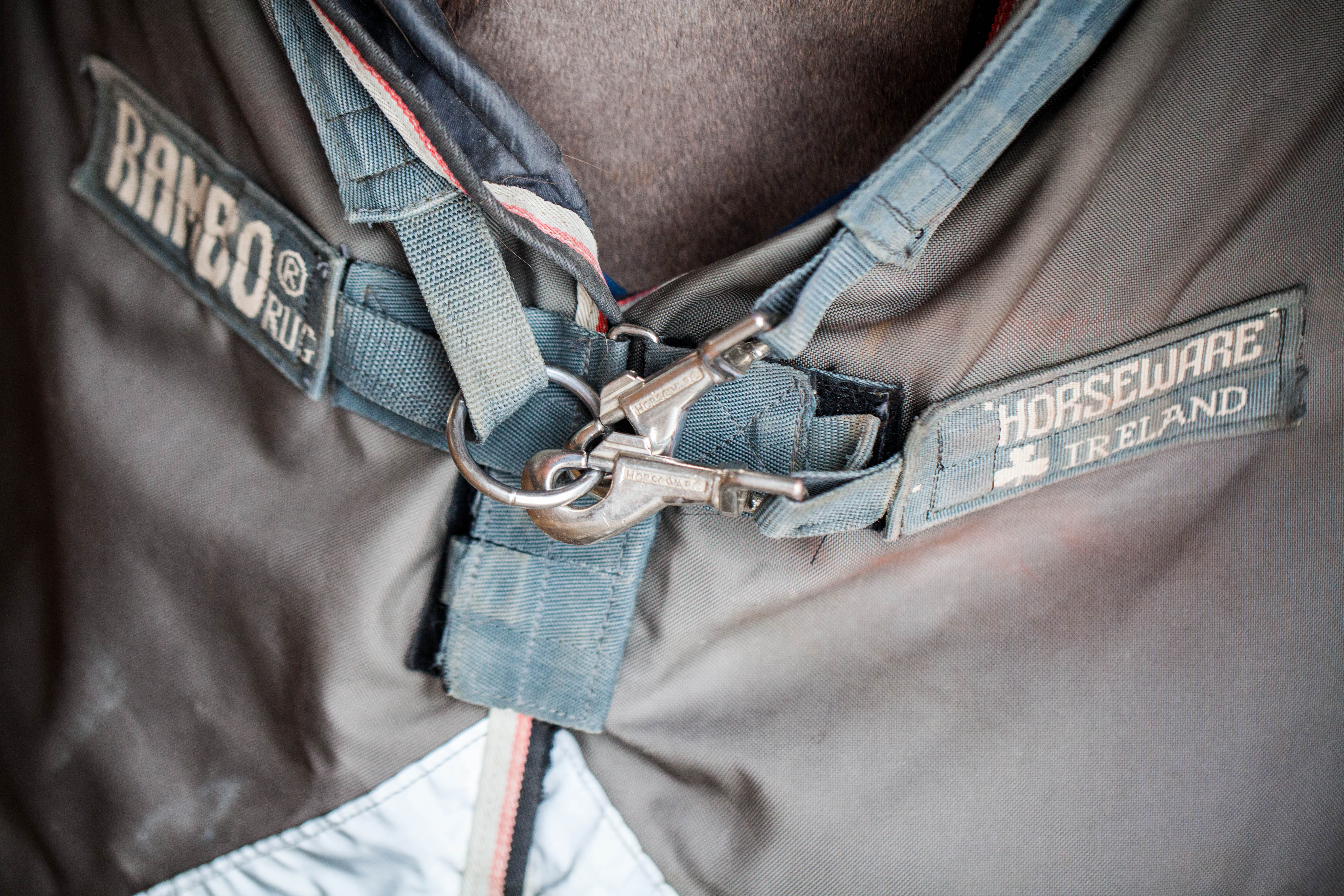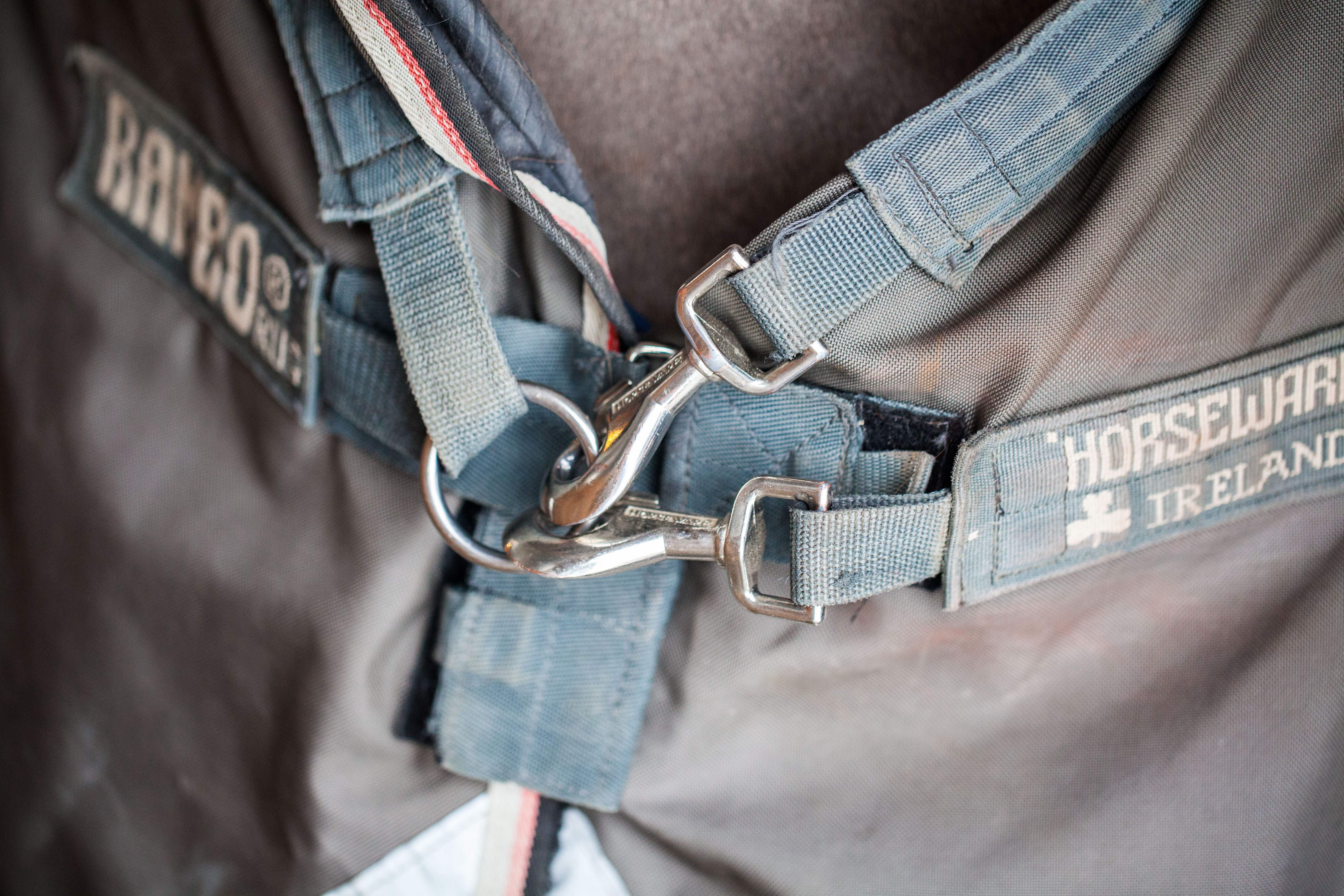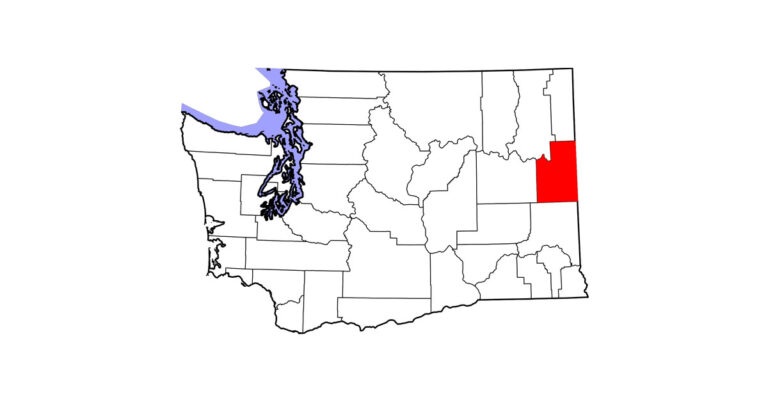
As an Amazon Associate, Practical Horseman may earn an affiliate commission when you buy through links on our site. Product links are selected by Practical Horseman editors.
Emma Ford is a professional groom who has worked for many years for eventer Phillip Dutton. She shared her extensive experience as co-author of the book World-Class Grooming: The English Rider’s Complete Guide to Daily Care and Competition along with fellow pro groom Cat Hill.
Emma has seen everything that can go wrong in a barn, and when horse care and barn management are concerned, she puts a strong emphasis on safety for the horses and the people working around them. When it comes to blanketing during the cold months, she is particular about her routine for how blankets are put on, taken off, maintained and stored. Here are her top 10 tips.
1. Reattach Leg Straps
Emma’s number-one blanketing pet peeve is when the leg straps are left dangling. After unclipping a leg strap, she always brings it to the outside of the horse’s leg and clips it back on the same side. Then, when you go to put the blanket back on, the straps don’t swing dangerously.
“It’s a safety hazard to leave them loose and flying around,” Emma says. “I’ve had the straps get caught in a ceiling fan spinning above. I’ve often been caught in the face or the horse in the eye. It takes two seconds to undo it and do it back up again.”
When removing a blanket, Emma always undoes the leg straps first followed by the chest snaps or buckles and leaves the belly surcingles for last.
“My feeling is if a horse gets spooked and the chest is undone, the blanket can slide off over him backwards and it’s simple to get out of. If the surcingle is undone and he gets spooked and the blanket shifts, it can end up around his neck and that’s more of a danger.”
2. Cross the Leg Straps
Emma never likes to see a blanket without leg straps or a tail string to keep it in place. “It’s purely a safety issue. All it takes is a roll or gust of wind for a blanket to shift over the neck, and the horse spooks.”
Leg straps should always be crossed in the center to keep the blanket from shifting sideways if a horse lies down.
“The idea is when the horse rolls, the straps will balance the blanket,” Emma says.
“It is dangerous not to cross them because if the blanket slips and the leg strap goes below the hock, a horse could start kicking out or get a leg through the strap.
3. Make Sure the Blanket Fits
A blanket that is too large is at risk of sliding off to one side, making it less effective for warmth and possibly spooking the horse. A blanket that is too snug will rub uncomfortably on the withers and shoulders. If it’s too short in length, the belly and hindquarters will be exposed to the cold. The best way to ensure a blanket isn’t going to slip or shift is to buy one that fits well.
“Bear in mind every brand can fit a horse differently,” Emma points out. Some brands of blankets are made for horses with bigger or narrower shoulders or are shorter or longer in length. Research and, if possible, try several brands to find the one that fits your horse best, providing him with optimal comfort and warmth.


4. Always Point Chest Snaps Inward
Some blankets close at the chest using snaps instead of buckles. If your blanket has snaps, always point the opening side inward toward the chest. Otherwise, the snap will be likely to get caught on something.
“You have to have the snap side itself closest to the horse so if he pushes against a wire fence or grill door there is no chance of him attaching himself to a door or fence. I’ve seen it happen!” Emma says.
Some blankets close at the chest with neither a buckle nor a snap and require you to put the blanket over the horse’s head. Some horses may not be comfortable with this or need a slow introduction.
If you use over-the-head blankets, Emma urges putting them on in a stall and never when the horse is loose in the field. You don’t want the blanket to be hanging off his neck unsecured if he spooks and takes off running in the pasture.
For your bookshelf: World-Class Grooming for Horses: The English Rider’s Complete Guide to Daily Care and Competition
5. Avoid Static Electricity
Static electricity can occur when removing a blanket during dry winter weather, giving your horse a bad shock and putting you at risk of being trod on.
For especially sensitive horses Emma uses a product called No Shock Anti-Static Grooming Spray that can be sprayed on the horse to reduce static. She will also remove blankets a particular way to avoid static.
“Fold the blanket into thirds and literally lift it off the horse,” Emma says. “Take the back half and fold it forward, then fold the front half backward and lift the whole thing up over the spine. Don’t just drag it off.”
6. Keep Blankets Off The Ground
Bunching up a blanket and throwing it on the ground or over a railing doesn’t look nice and it can also create a hazard for your horse who could trip or get tangled in a loose strap. Always fold blankets neatly and hang them up out of the way.
There are two methods to folding a blanket, as explained in World-Class Grooming. One is for a lightweight cooler or sheet, explained in the photos and captions at the beginning of the article. The other is for heavy or puffy coolers and blankets, explained in the gallery above.
7. Reblanket Each Day
Sometimes the weather is too bad to ride or life and work get in the way of saddle time, but you still shouldn’t leave your horse wearing a sheet or blanket for multiple days in a row.
“It’s just like wearing clothes—they shift. You want to take blankets off every day to check for any issues going on underneath the blanket [like a rub or injury],” Emma says. “If you leave it on too long it’s going to create a pressure point. So it’s nice for the horse if you can re-blanket every day and put it back in the correct position.”
8. Keep Blankets Clean
A clean blanket is a warm, long-lasting blanket. Just as you don’t want to wear dirty clothes, your horse doesn’t want to wear a dirty blanket. Stable blankets are easily washed in a washing machine, but a waterproof turnout blanket can be trickier to maintain because the more often it is washed, the less waterproof it will be.
If your horse has lain down in urine or manure or rolled in dirt and mud, Emma suggests hanging up his blanket and spot washing it with a bucket of plain warm water and a sponge. If it smells bad, a vinegar-and-water mix will help get rid of foul odors.
If water is seeping through a turnout and your horse is becoming damp underneath, there are products available for rewaterproofing. Alternatively, it may be time to buy a new turnout blanket.
9. Be Mindful of Blanket Insulation
Horses are naturally able to keep themselves warm even in very cold temperatures, but you should put waterproof clothes on unclipped horses if it is cold and raining. Once they get wet and the hair is against their skin, they may get chilled because their long coat hair cannot stand up and provide good insulation.
However, if the weather is extreme enough that you feel the need to blanket an unclipped horse, Emma prefers to see him wearing more than just a lightweight sheet.
“If you just add a sheet, you’re not really adding an insulator, and they are probably colder that way,” she says. “A plain sheet at that stage will just flatten the hair, so instead you should probably put on a medium that has an insulation layer.”
Clipped horses almost always have heavier blankets during the colder months, and Emma never likes to see clipped horses wearing only a sheet, even on warmer winter days.
10. Don’t Overthink It
One of the most mind-boggling decisions for horse owners is often which blanket they should put on their horse depending upon the weather. Temperature, humidity, precipitation and access to shelter all come into play and, of course, we want our horses to be comfortable.
Sometimes there are major temperature swings throughout the day or night and you may not be able to switch out blankets accordingly. You don’t want your horse to be too cold but you definitely don’t want to overblanket and find him sweating. What should you do?
“I tend to look at the weather and see what it’s doing for most of the night. The low may be 30 [degrees] but it’s only going to be 30 at five o’clock in the morning,” Emma says. “I see what it’s doing between 10 p.m. and 2 a.m. and blanket according to what that temperature is. They might only be slightly warm at night or a little cold for an hour or two before you get there in the morning. People definitely overthink it.”
Interested in learning more about blanketing as well as other horse-management and grooming tips? You can purchase Emma’s book World-Class Grooming for Horses.
This article was originally published in the October 2017 issue of Practical Horseman.










